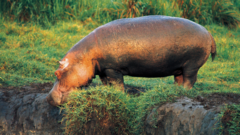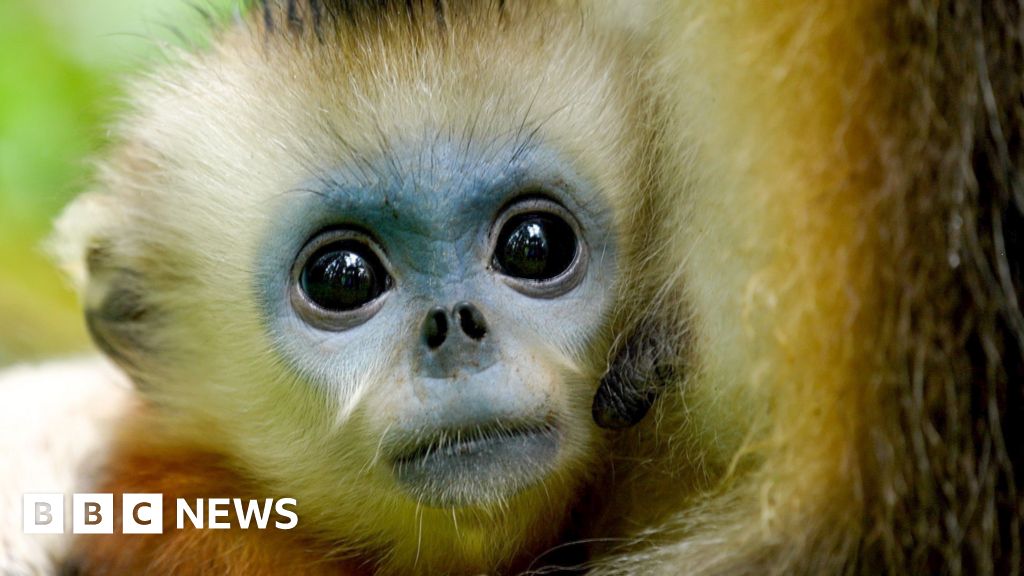At least 50 hippos and several other large animals have succumbed to anthrax poisoning in Africa's oldest national park, Virunga, located in the Democratic Republic of Congo. Park director Emmanuel De Merode reported that the first sightings of the animals floating along the Ishasha River occurred last week, and recent tests confirmed the presence of anthrax.
Officials are currently mobilizing efforts to recover and bury the deceased animals to limit the spread of the disease. However, the operation has proven challenging due to poor access and logistical barriers, as De Merode highlighted. Despite the challenges, authorities are focusing on burial methods involving caustic soda to mitigate risks.
The Ishasha River flows into Lake Edward, where further reports of dead animals have arisen, raising alarm in the area. Anthrax, caused by the bacterium Bacillus anthracis, can be lethal but typically does not transmit easily among animals and humans. The disease is known for lingering as spores in the soil and can infect animals through wounds or inhalation.
In response to the outbreak, the Congolese Institute for the Conservation of Nature has issued public health warnings, advising local communities to steer clear of wildlife and to boil all water collected from nearby sources before consumption.
Virunga National Park spans an area of 7,800 square kilometers and is recognized for its remarkable biodiversity and its perilous nature due to ongoing conflict. Despite being a popular tourist destination, the park has seen increasing violence from armed rebel groups vying for control over its natural resources. Many rangers have lost their lives trying to defend the park's wildlife.
With efforts in recent decades aimed at reviving the hippo population, which had plummeted from over 20,000 to just hundreds due to poaching and conflict, the recent anthrax outbreak poses a new threat to these majestic creatures and their ecosystem.





















